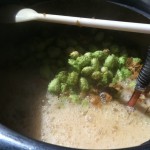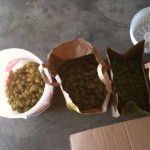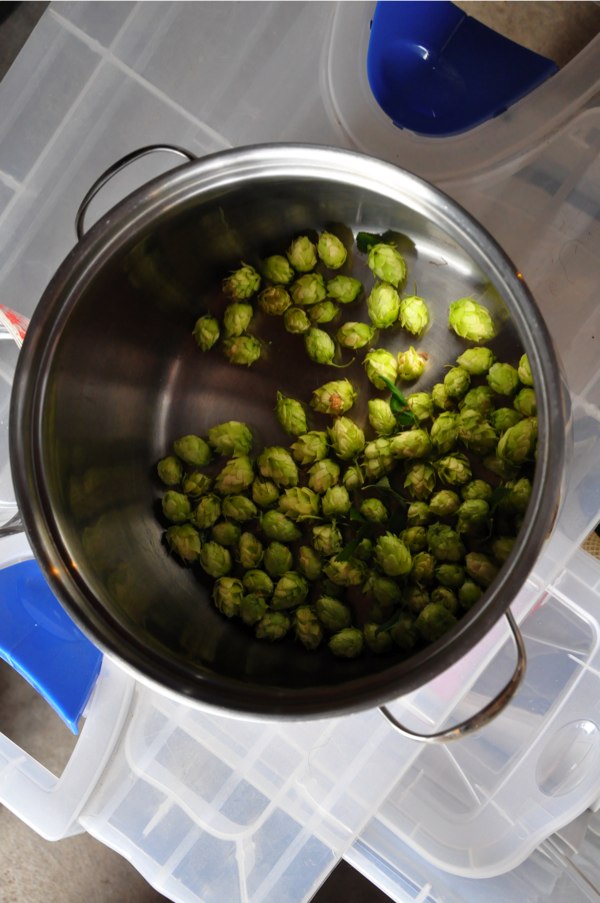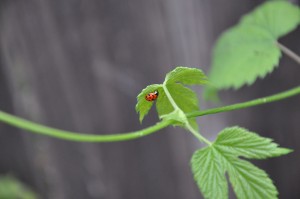From the hop desk at Brewpublic: Yakima Chief and Hop Union to combine operations.
This is probably of limited interest to most, but I’ve been a fan of the work of both for several years and have posters from each with hop varietals (including storability) and cone pictures that have adorned previous office walls, the garage, etc. I’m hopeful that this means that Yakima Chief will pick up some of the cult marketing acumen that Hop Union has created, and that I’ll be able to one day order a ball cap or a beer koozie with the Yakima Chief logo on it. Or maybe just a big ‘ol Simcoe hop cone. Yup, Simcoes are awesome.
I wonder if they’ll use the opportunity to change their name to Yakama? (i to a – it’s a tribal thing)











